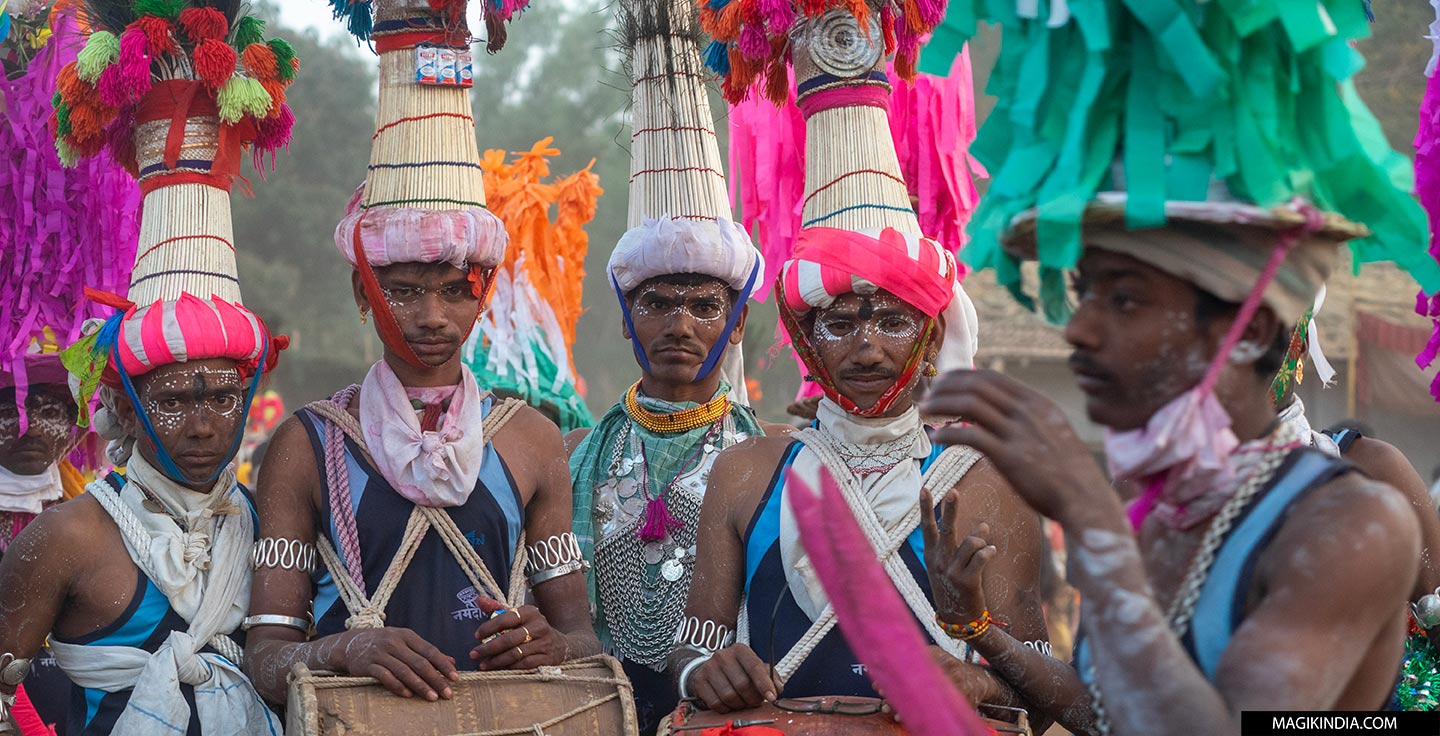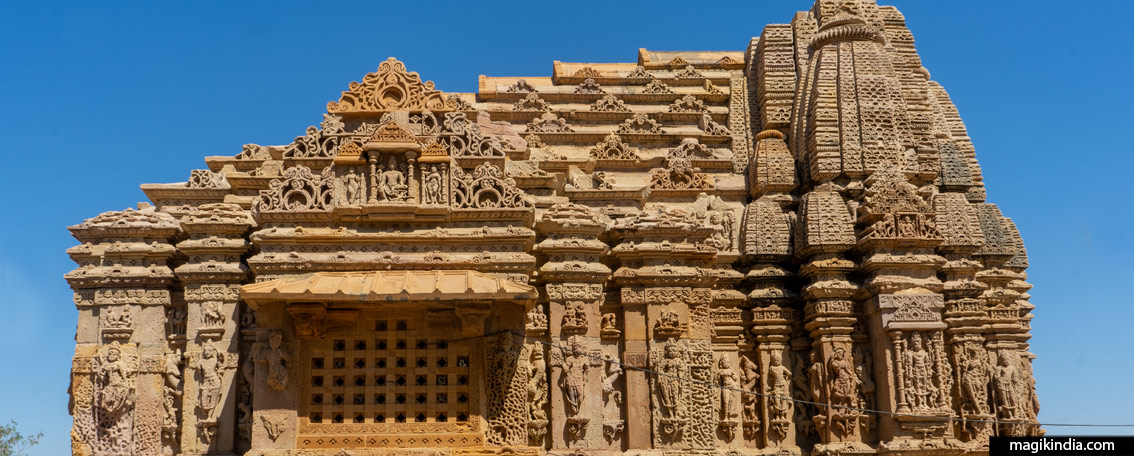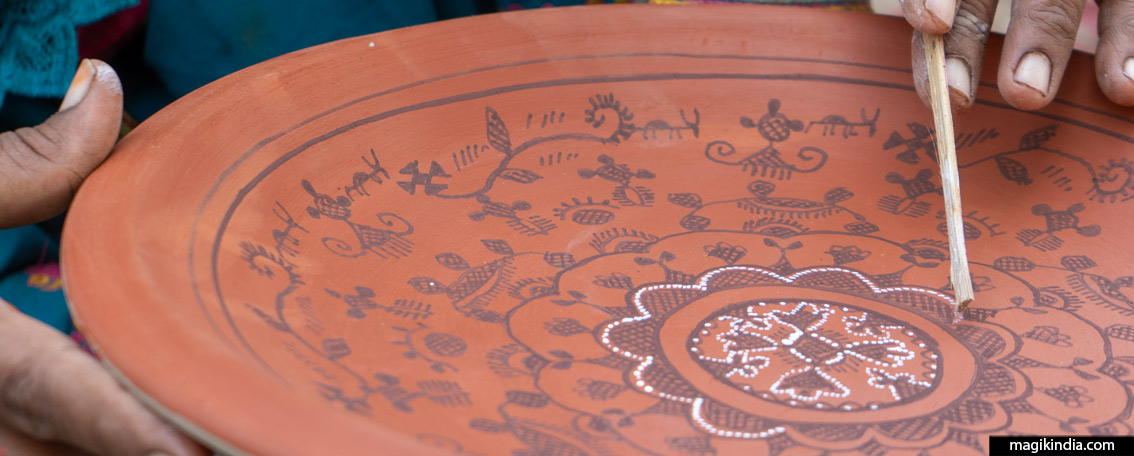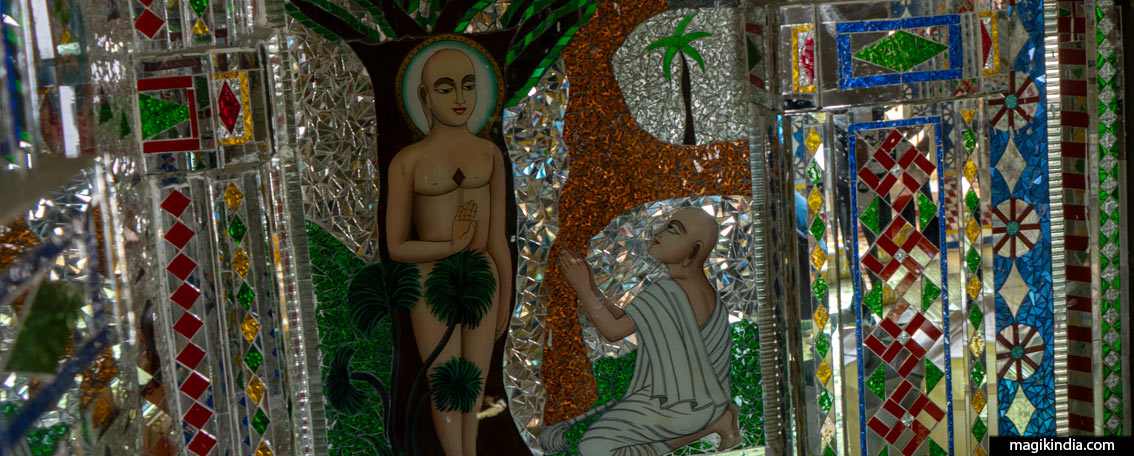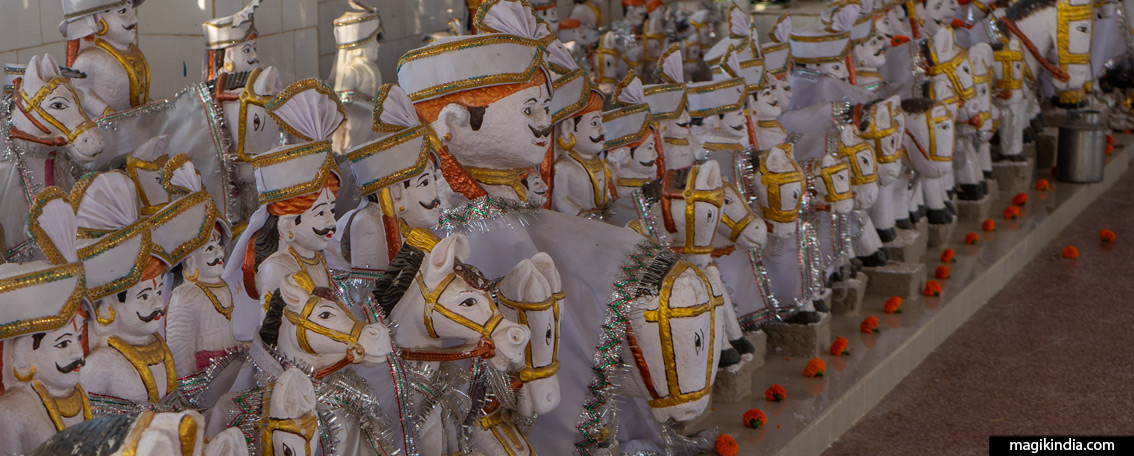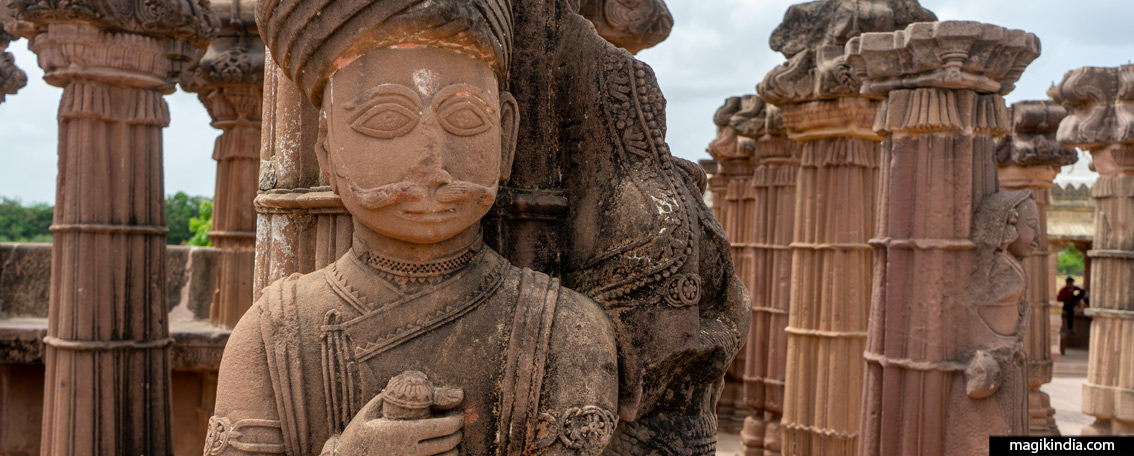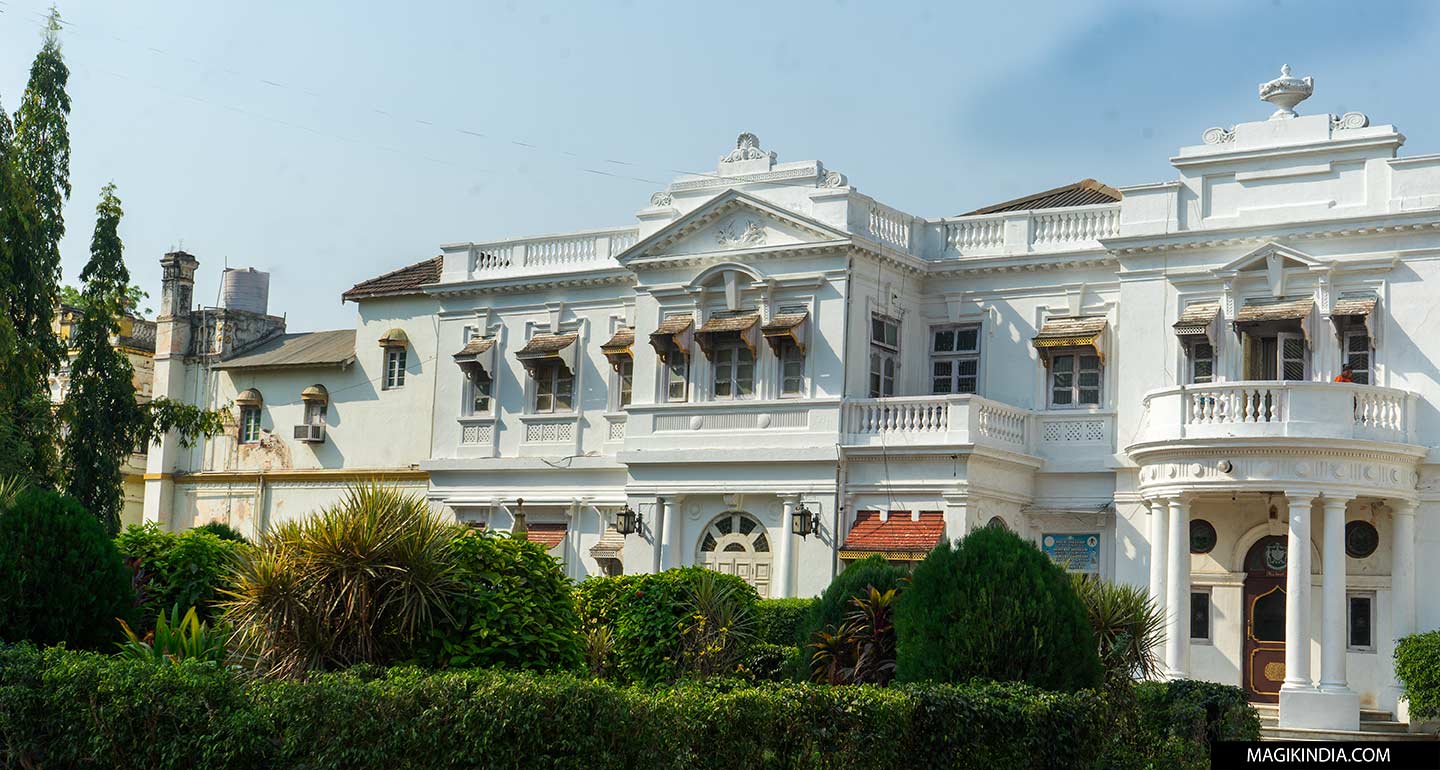
Rajpipla, a city with old-world charm
Rajpipla, a destination off the beaten track in southern Gujarat, stretches peacefully along the Narmada, one of India’s most revered rivers. This former capital of a prosperous Gohil princely kingdom, long a secret, now reveals a few palaces of old-world charm, whose promise of new splendor attracts attention.
It was beneath the arches of the elegant Poshina Palace in northern Gujarat that the name Rajpipla first resonated with me. Maharaja Harendrapal Singh, my interlocutor, spoke with pride of the beauty of the Natwar Palace, his maternal legacy of a principality with a rich past.
A few years later, a trip to the Saptuda Hills for the Holi festivities provided an opportunity to take a short break there.
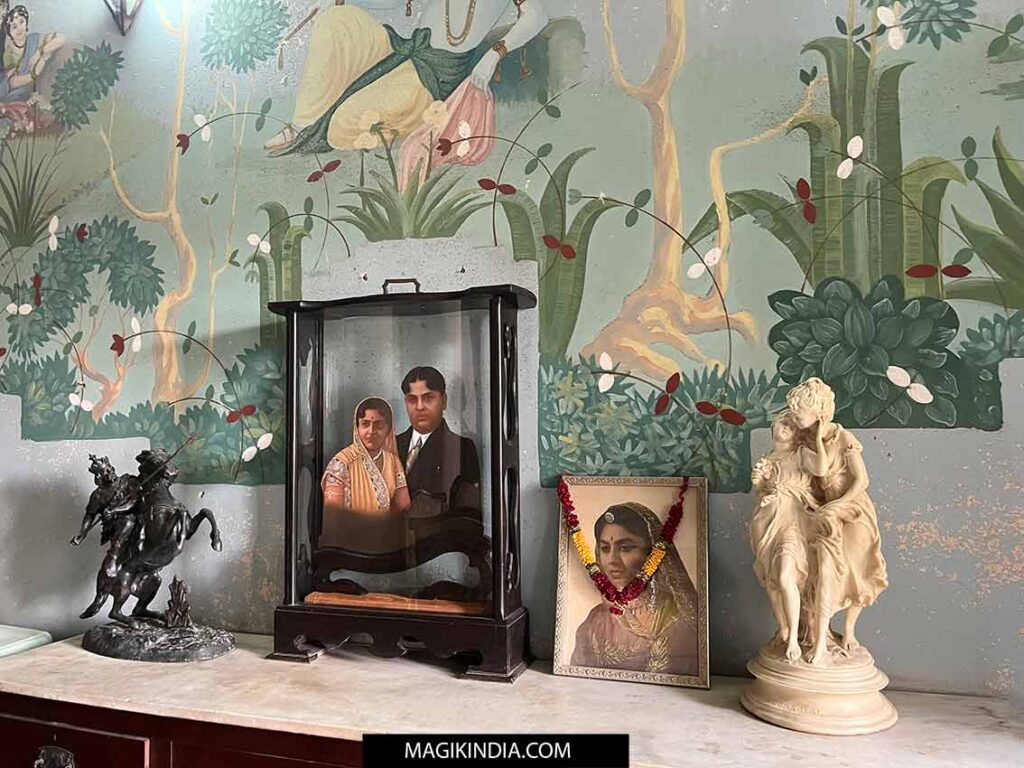
Following the Maharaja’s advice, I opted for a Parsi guesthouse* that had remained in its original state, probably the best accommodation in Rajpipla at the moment.
*The Parsis are practitioners of Zoroastrianism. In the 8th and 10th centuries AD, they fled persecution from Persia and settled mainly around the regions of Gujarat and Sindh (present-day Pakistan). They later migrated to what is now Mumbai.

The evening of my arrival, my first visit was to Vasantpura to attend the arti dedicated to the river goddess Narmada. While the ceremony is modeled on that of Varanasi, the bhajans performed live by talented musicians alone are worth the trip.
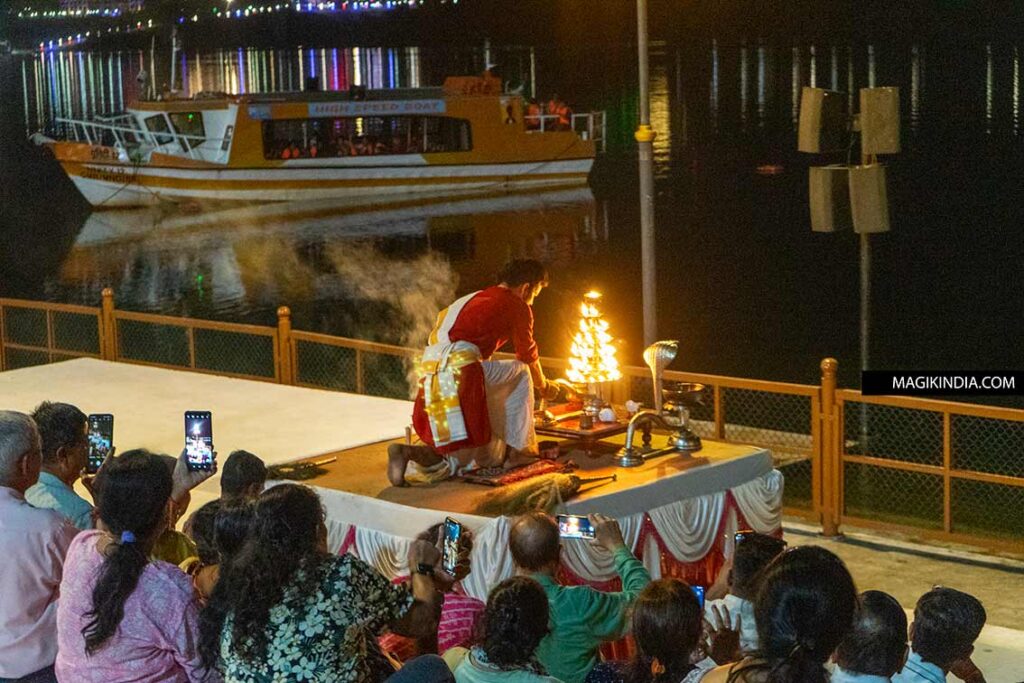
And, as the icing on the cake, the rituals are followed by musical fountains that recount the mythological origin of Narmada. It is said that the goddess was born from the sweat of Lord Shiva while he was performing his penance on Mount Riksha. This is why Narmada is known as the daughter of Lord Shiva.
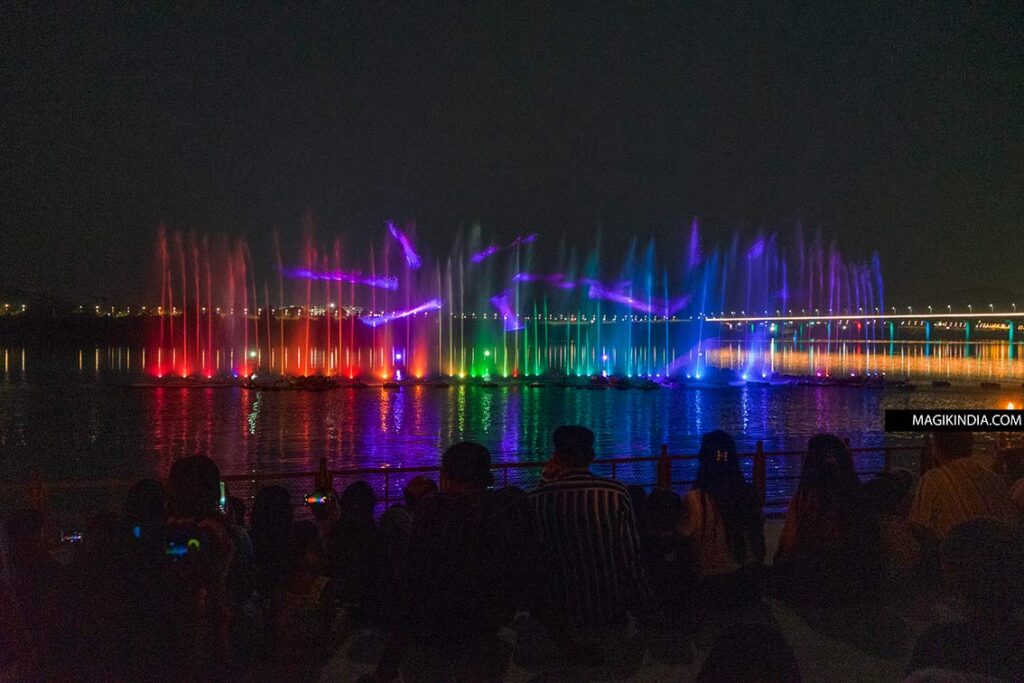
Before attending this ritual, I had made a short detour to Kevadia to take a look from outside at the Statue of Unity, which was unveiled in 2018. The statue is in the likeness of Indian statesman Sardar Vallabhbhai Patel. At 240 meters tall, it is the tallest statue in the world.

Around 9 p.m., when I return to my guesthouse, the intoxicating scent of sambrani resin (benzoin), which I particularly like, envelopes every room of the house. My hosts explain to me that this ritual, observed morning and evening, is one of the Parsi purification traditions.
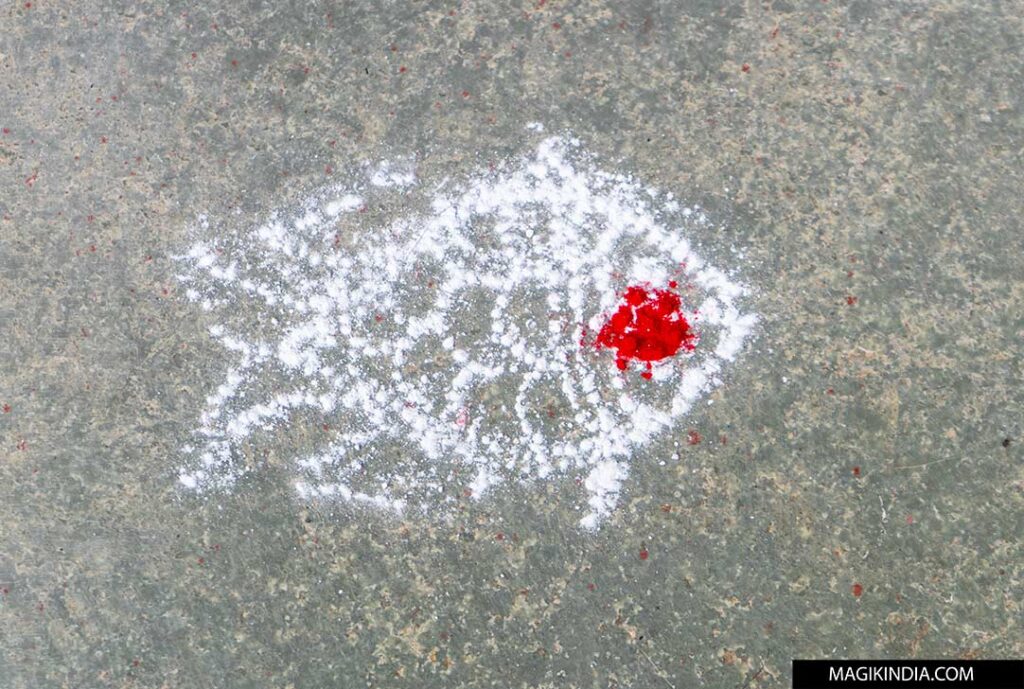
They also show me the old iron stencils they use every morning to draw patterns in white chalk on the steps, a sign of good omen. Among these patterns is the fish, a symbol of prosperity among the Parsis.
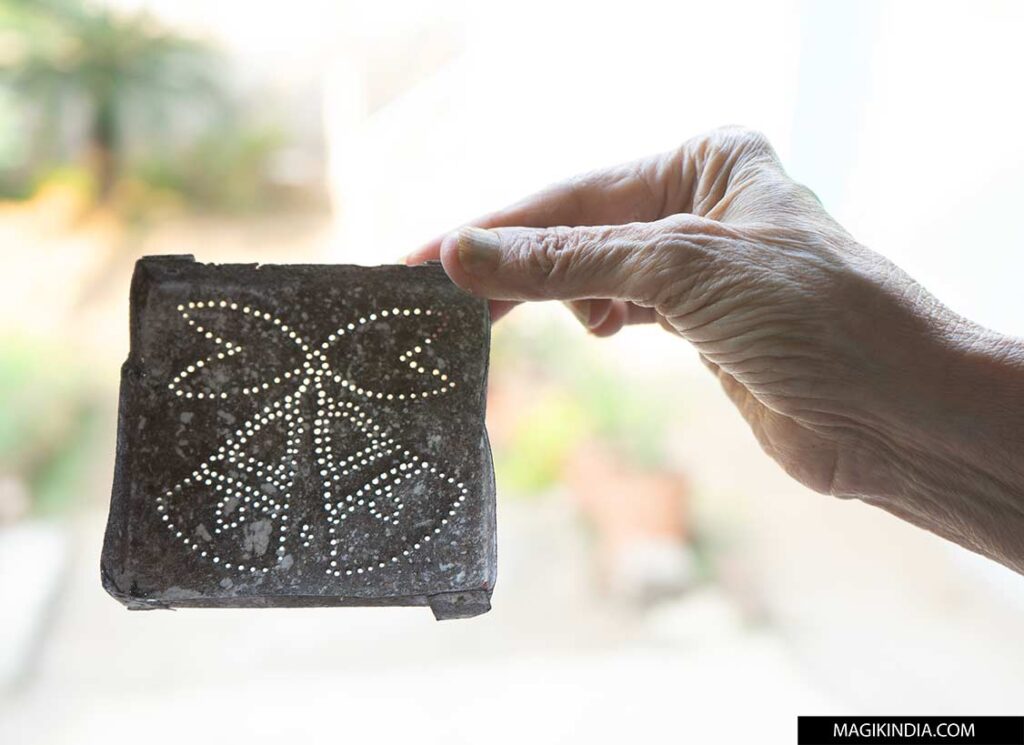
The next day is dedicated to a visit to Rajpipla. The visit is relatively quick, as few buildings are open to the public. Many of the palaces are in an advanced state of decay, and those that have stood the test of time have been converted into schools or government offices.
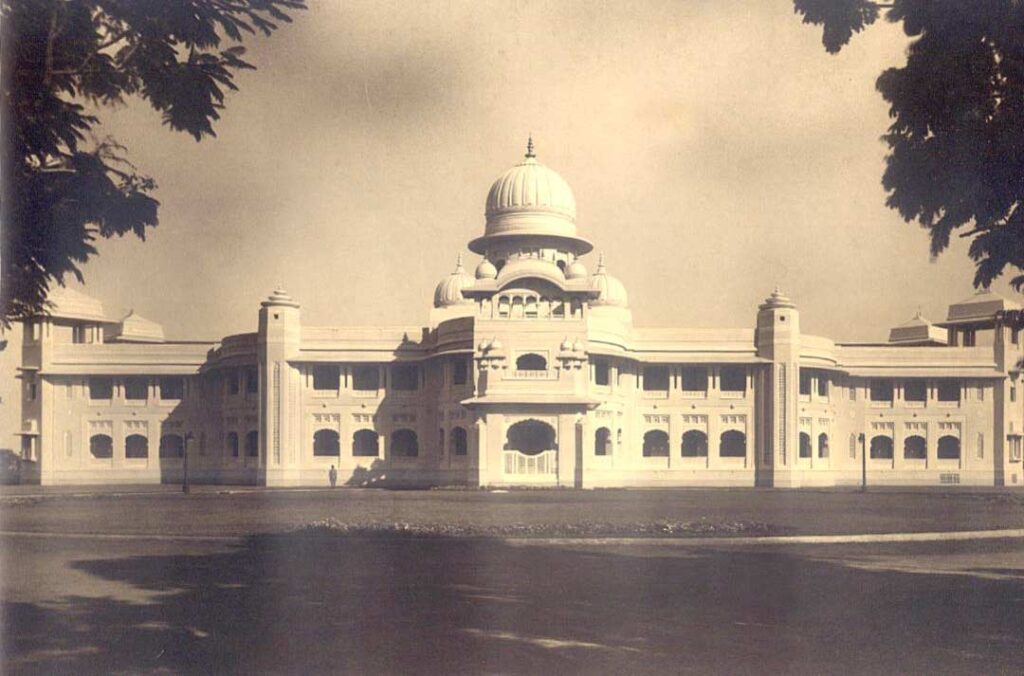
This is the case of the Vadia Palace or “Indrajit-Padmini Mahal”, which now houses the forest office and is closed to the public.
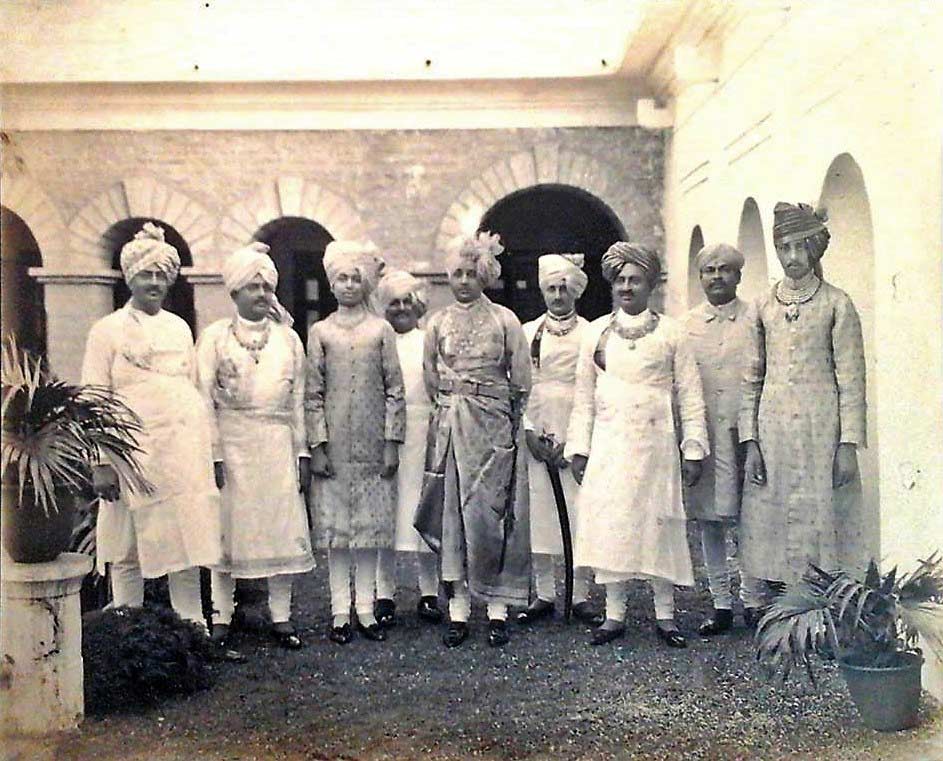
Built in the 1930s by the last Maharaja of Rajpipla, Maharaja Vijaysinhji (January 30, 1890 – April 29, 1951) for his son Indrajitsinh and his wife Maharani Padmini Kunverba, the Indo-European-style building has been dubbed the “Taj of Gujarat.”
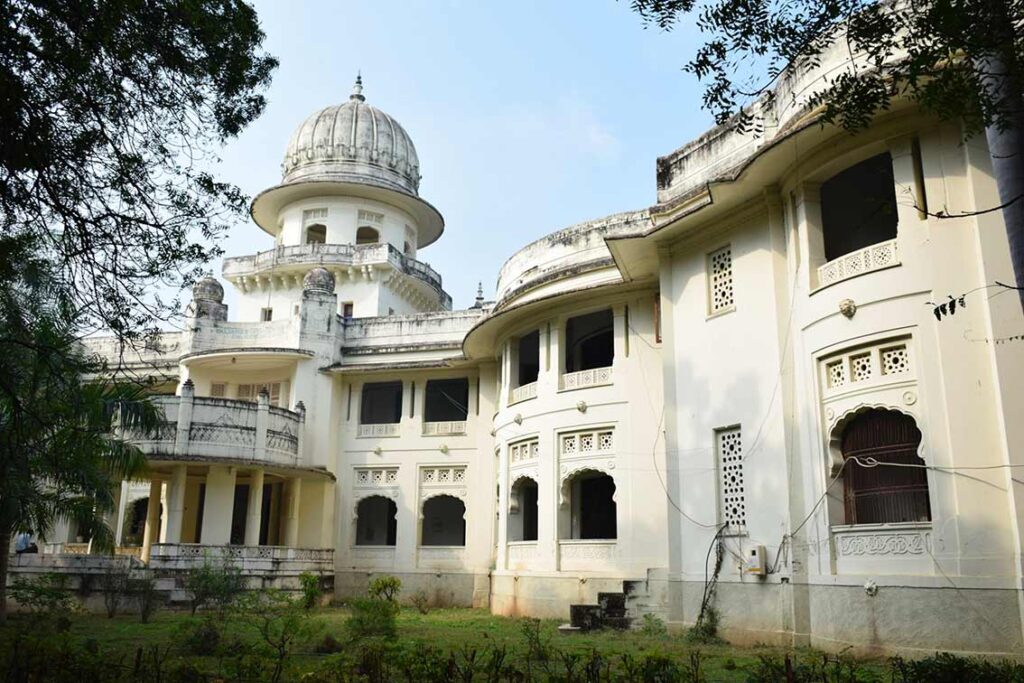
Apparently, the various rooms of the palace are adorned with murals by Polish interior designer Armande Herman Vallee Wolinski. This artist also worked on the Natwar Palace.
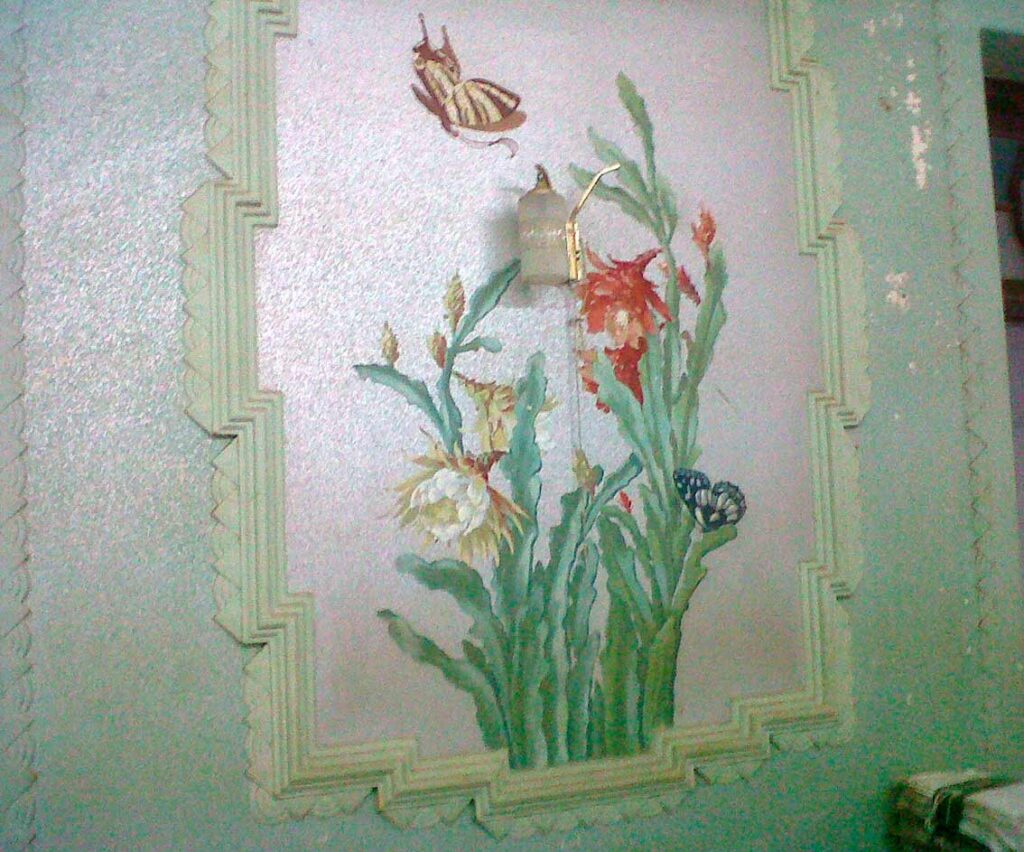
The only public building of interest in Rajpipla is the Rajwant Palace, the seat of the royal family. This Victorian-style palace, built in 1910, was a wedding gift from Maharana Chatra Singhji to his son, Maharaja Vijay Singhji.
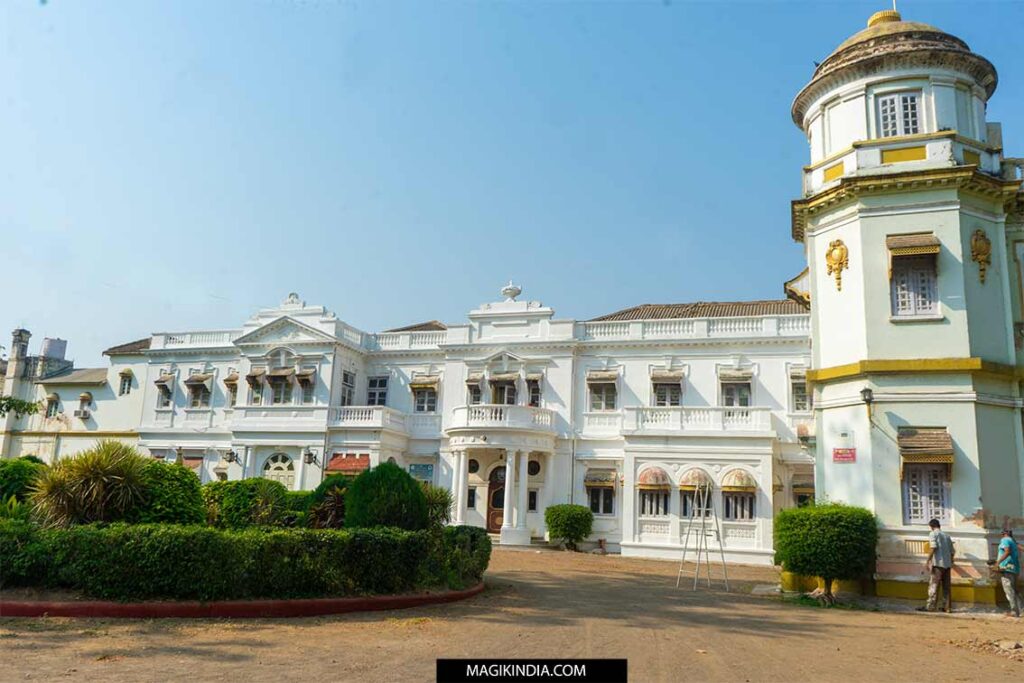
The current royal family of Rajpipla, Maharaja Raghuvirsinhji and his wife Maharani Rukmani Devi, still reside in this palace. On the ground floor, there is also a small museum dedicated to the history of the Gohil dynasty.
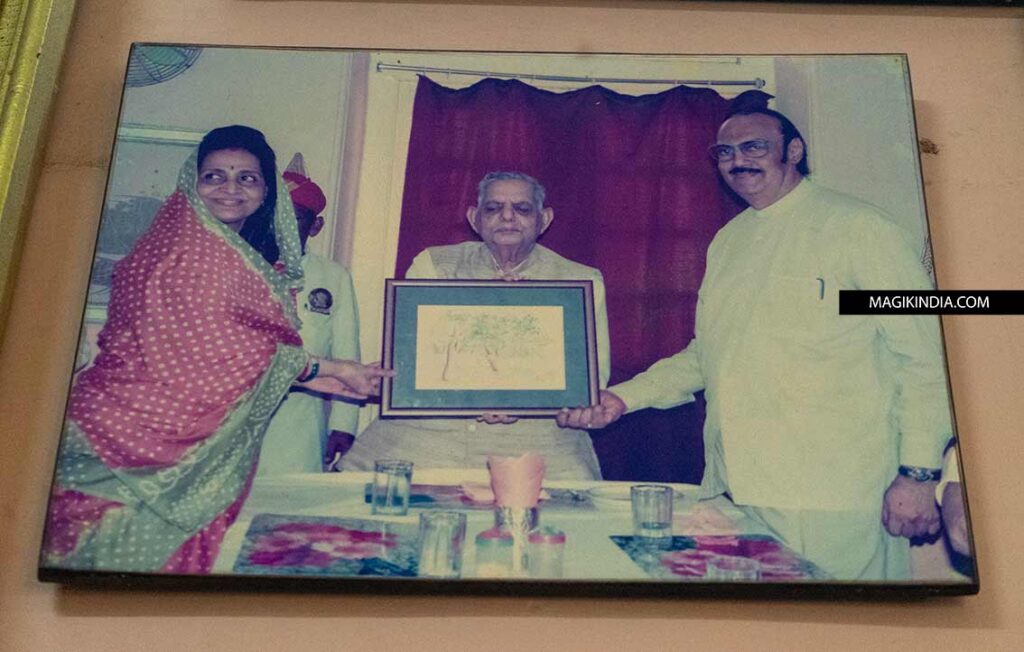
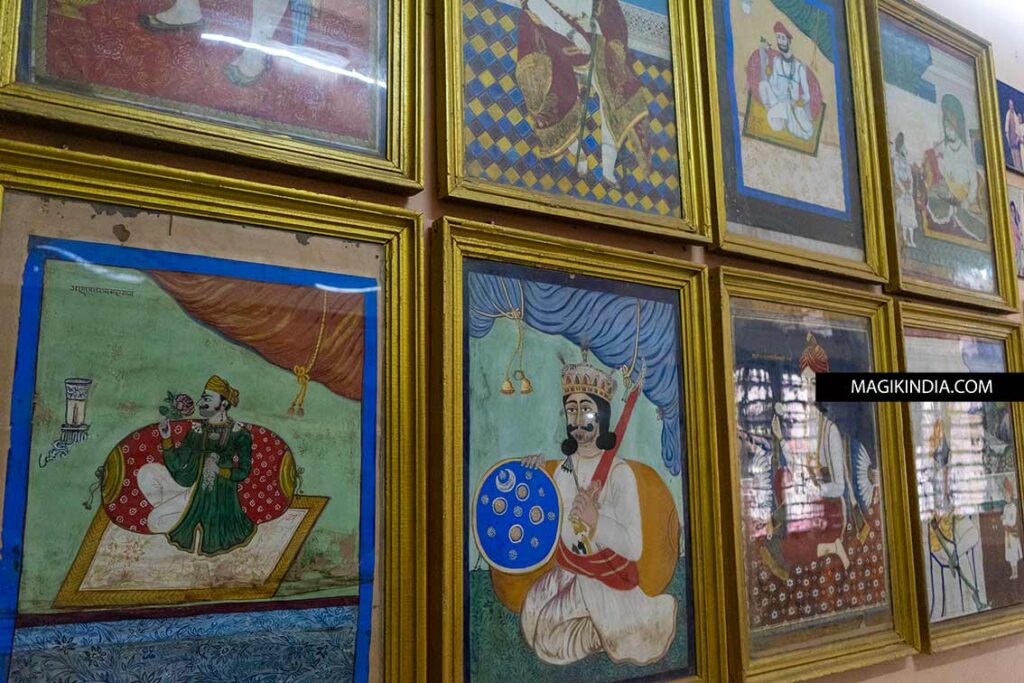
The history of this royal family is notably marked by its crown prince, Manvendra Singh Gohil, the first prince in the world to publicly reveal his homosexuality. In 2006, this announcement caused a huge scandal, with his mother publicly disowning him (an irrevocable decision, unlike the relationship he maintained with his father). The prince heads a charity, The Lakshya Trust, which works for the recognition of the LGBTQ community in India.
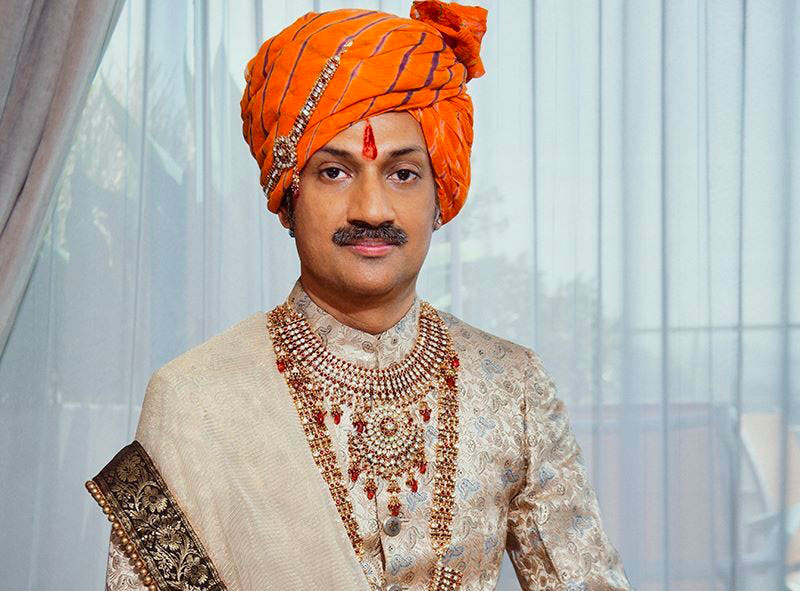
My stay in Rajpipla ended with the discovery of the famous Natwar Palace, owned by the Maharaja of Poshina, which I mentioned in the introduction. The caretaker was kind enough to open its doors for me during my visit to the city.
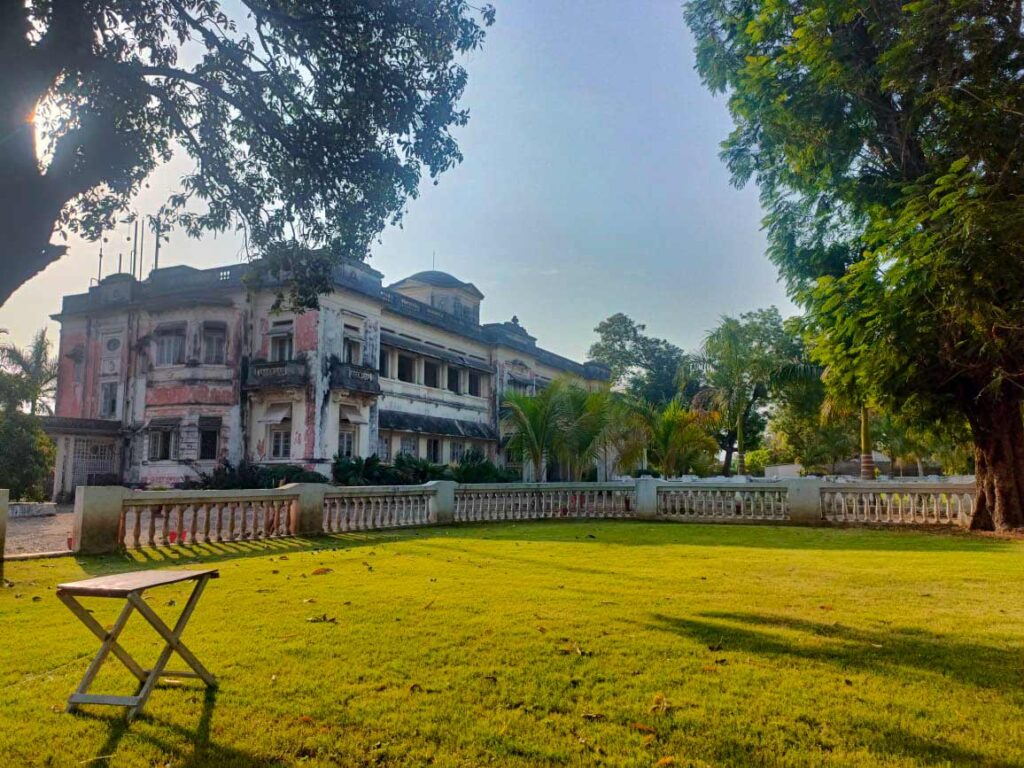
The entrance, with its gray marble floor and central fountain, impresses with its majesty, particularly thanks to its domed ceiling decorated with stained glass windows.
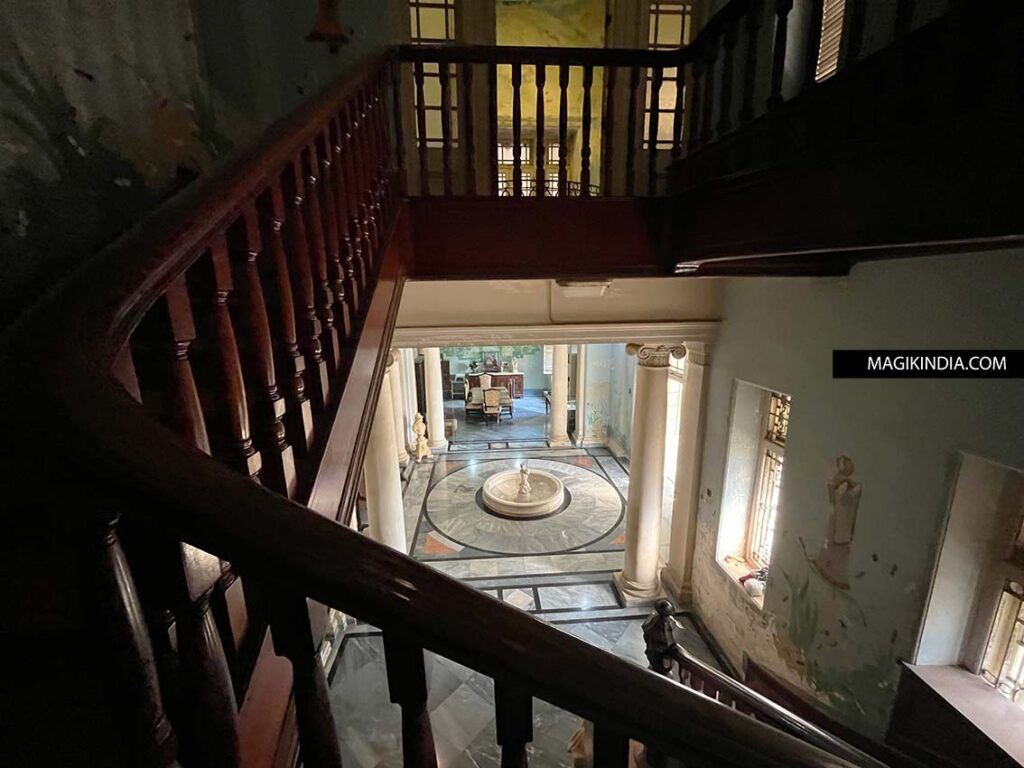
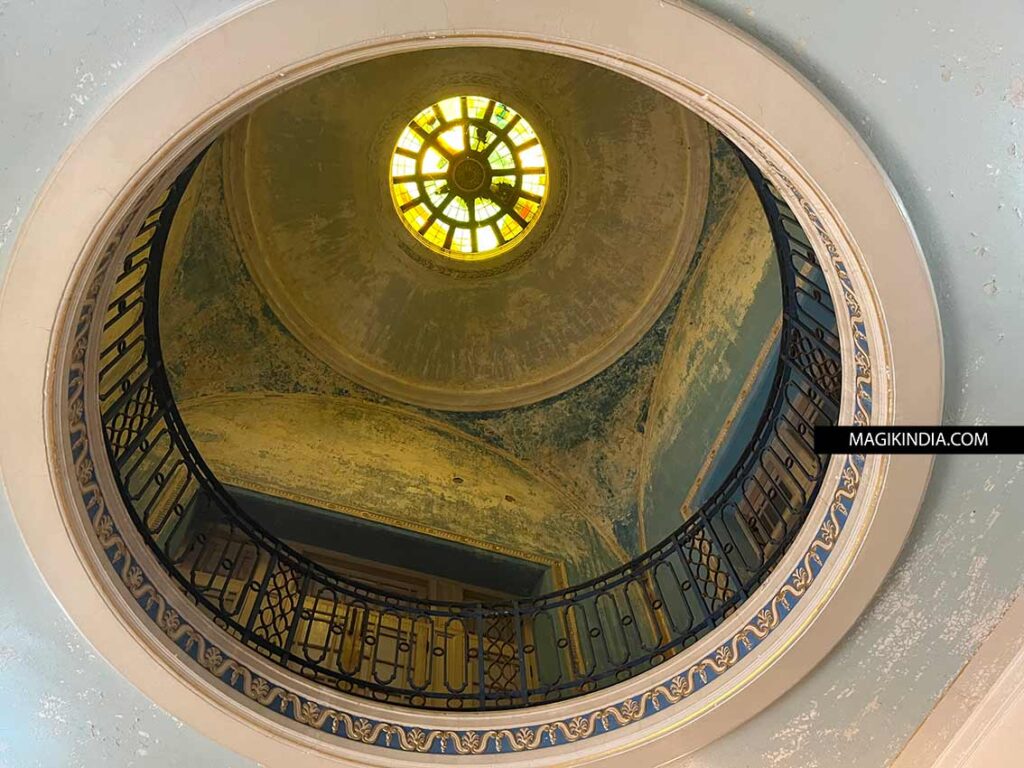
The palace has numerous salons, some still adorned with original wall paintings depicting the life of Radha Krishna, by the same Polish artist as the Vadia Palace.

The Art Deco furniture, combined with the numerous family portraits, imbues the palace with an atmosphere that is both historic and intimate.
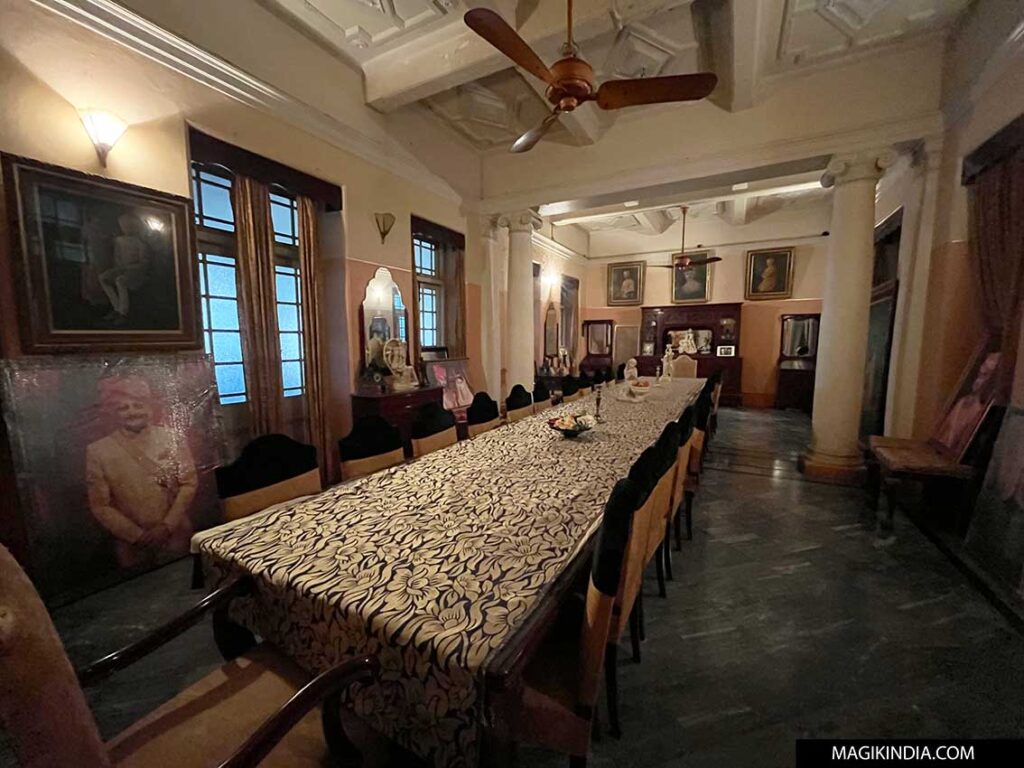
Currently undergoing a major makeover under the guidance of Harendrapal Singh of Poshina, the Natwar Palace is gearing up to become an elegant boutique hotel. An exciting project to watch closely for a future enchanting stay in one of Rajpipla’s most beautiful palatial homes.

